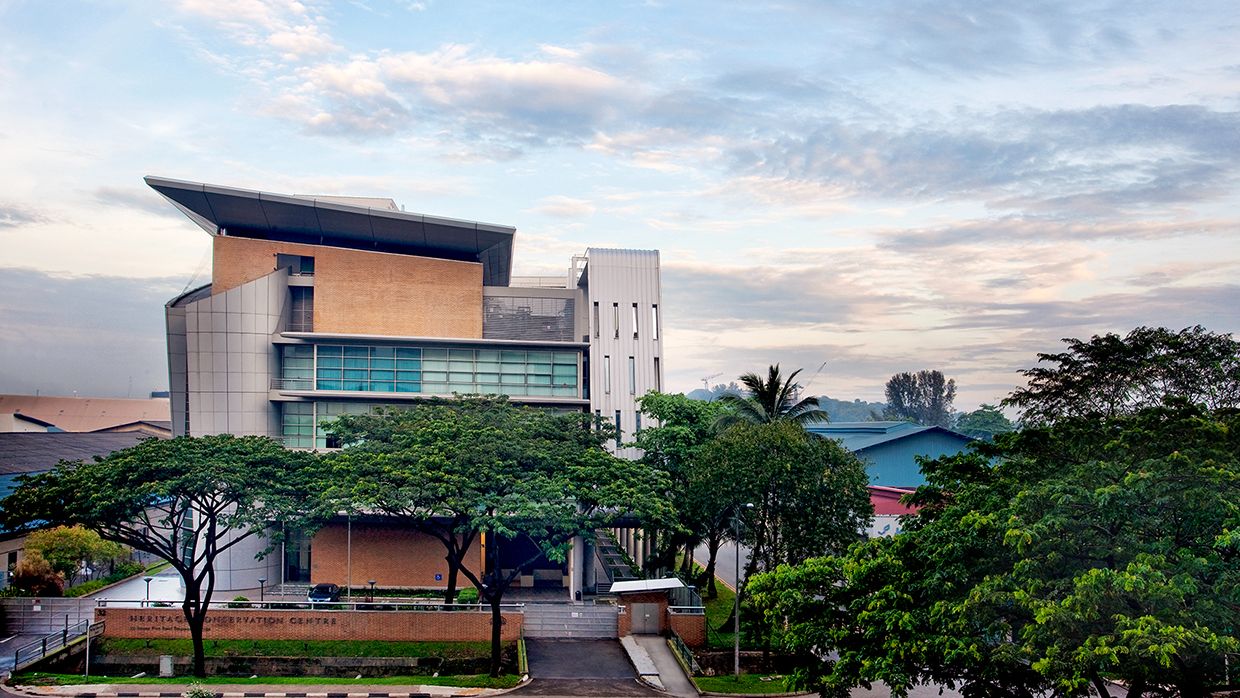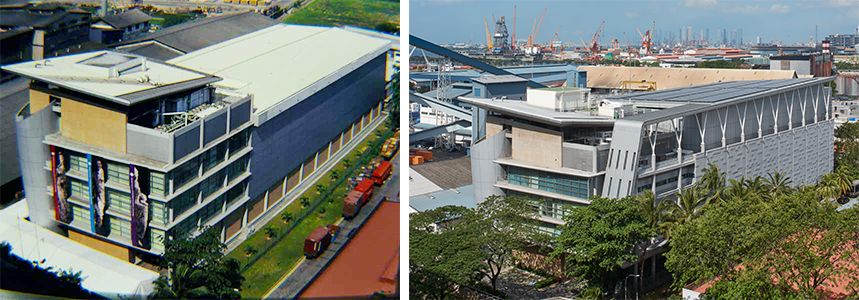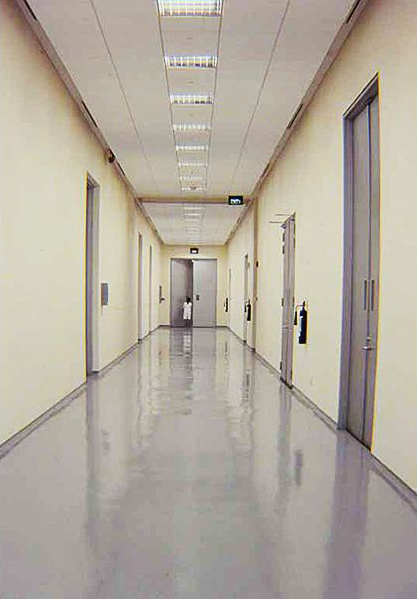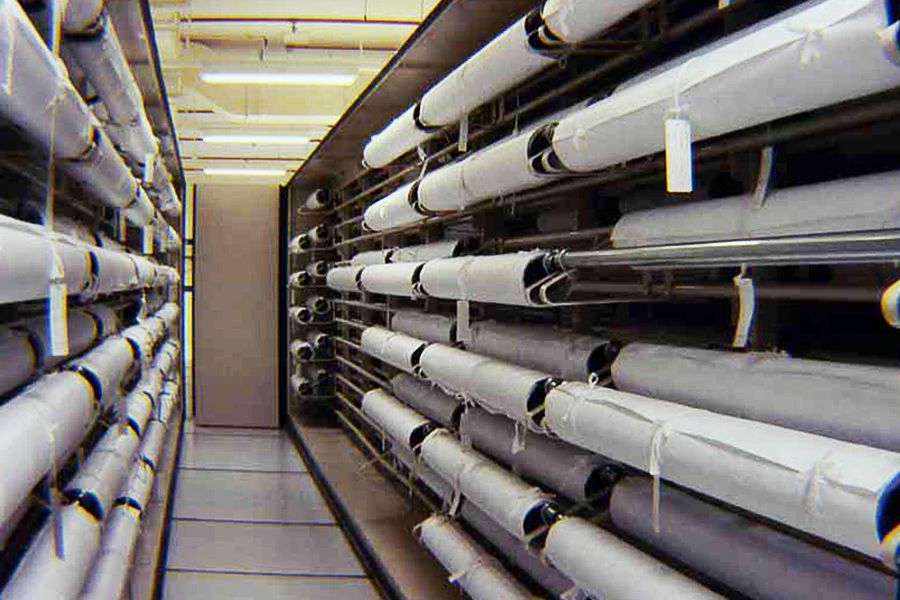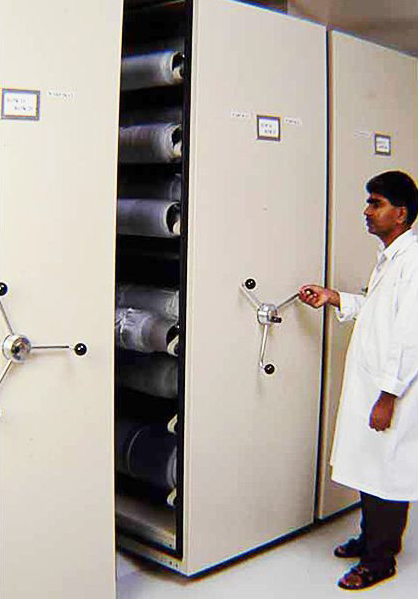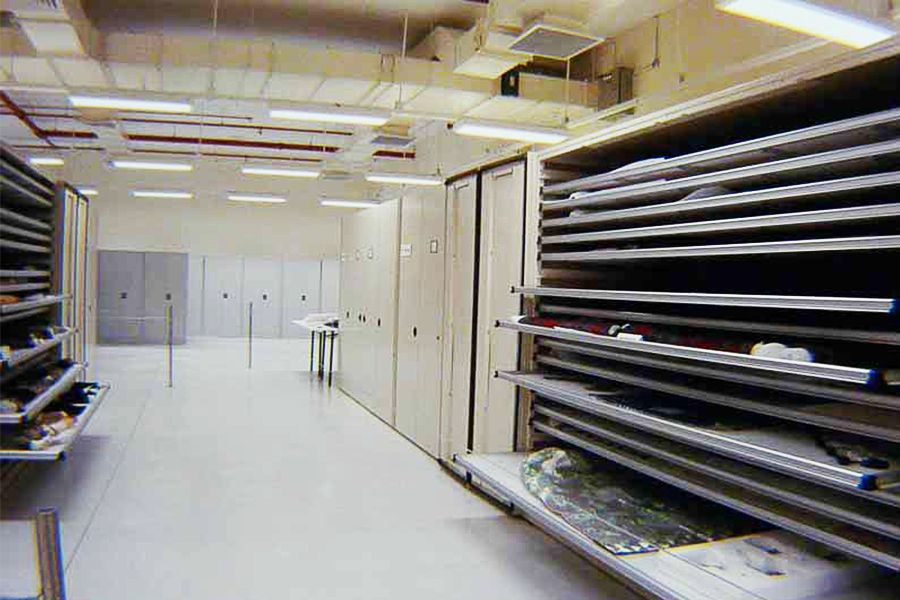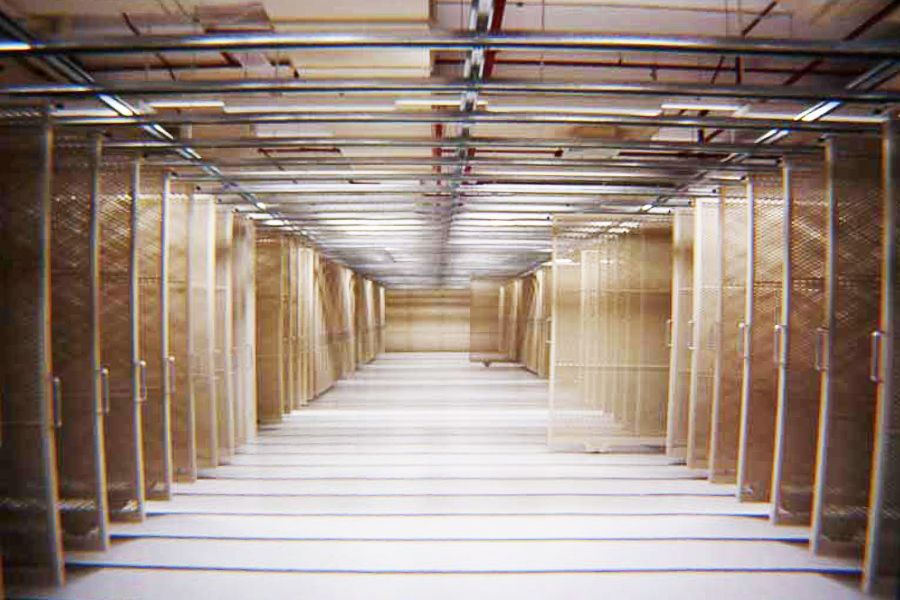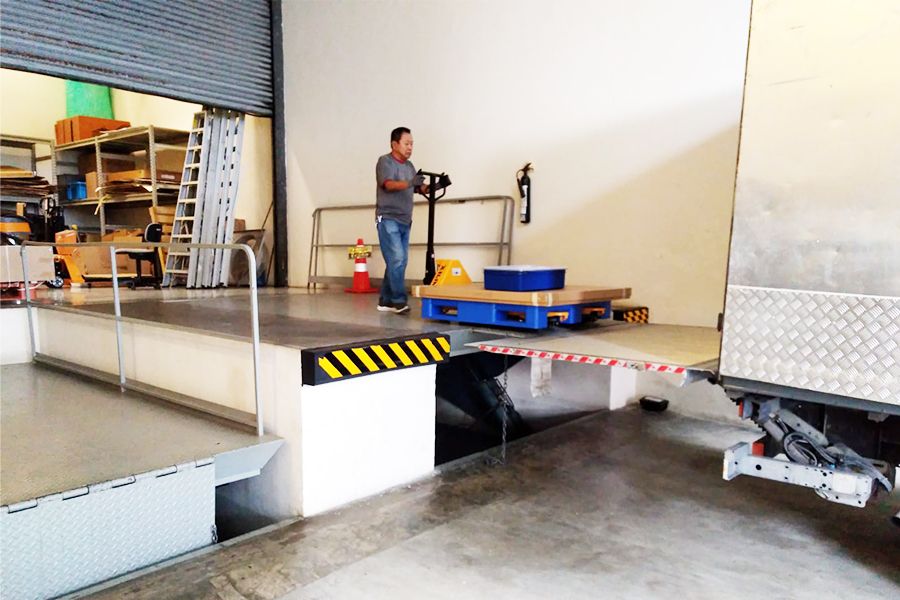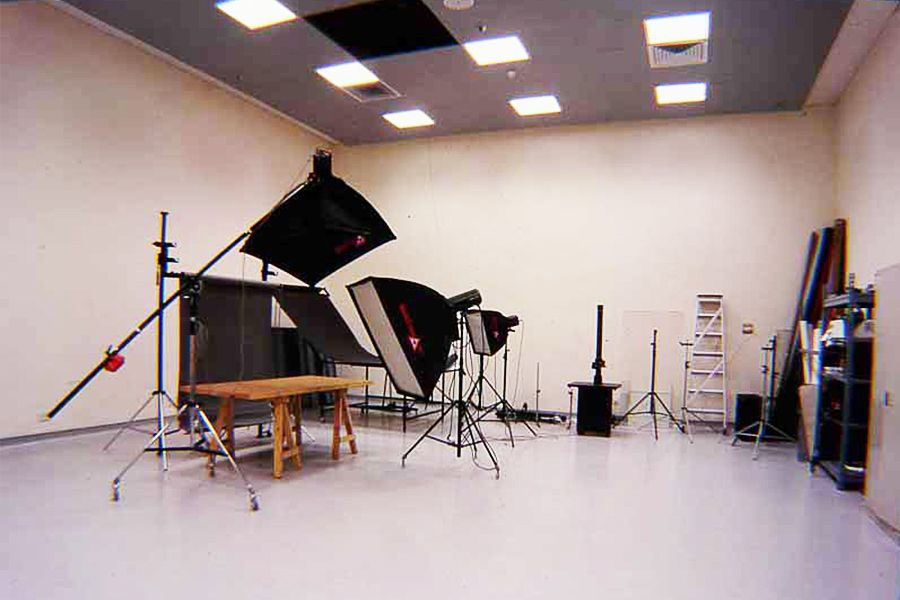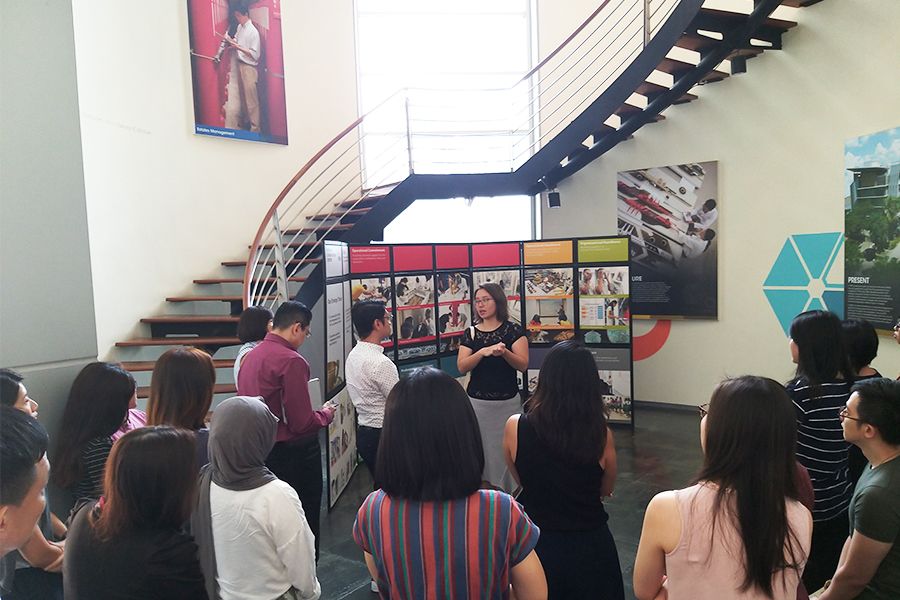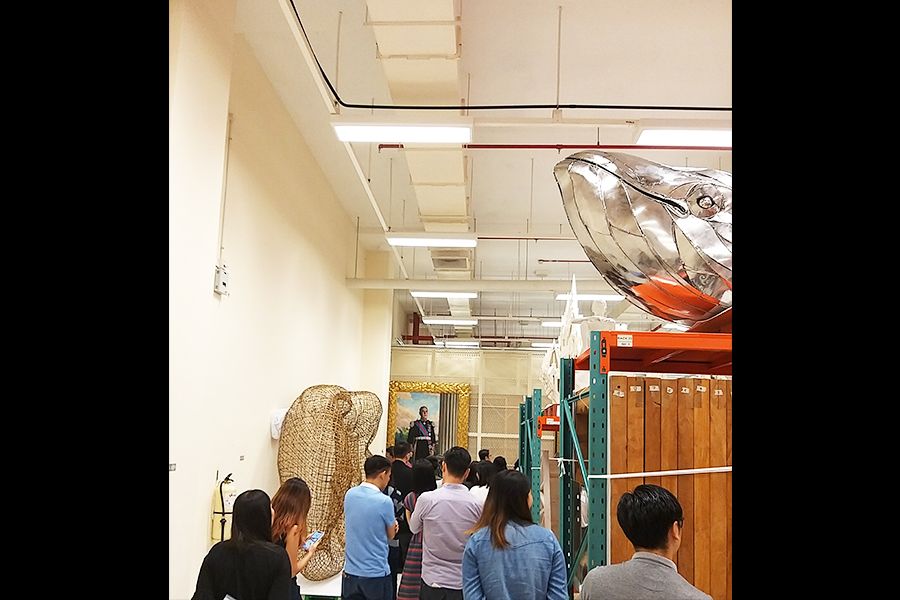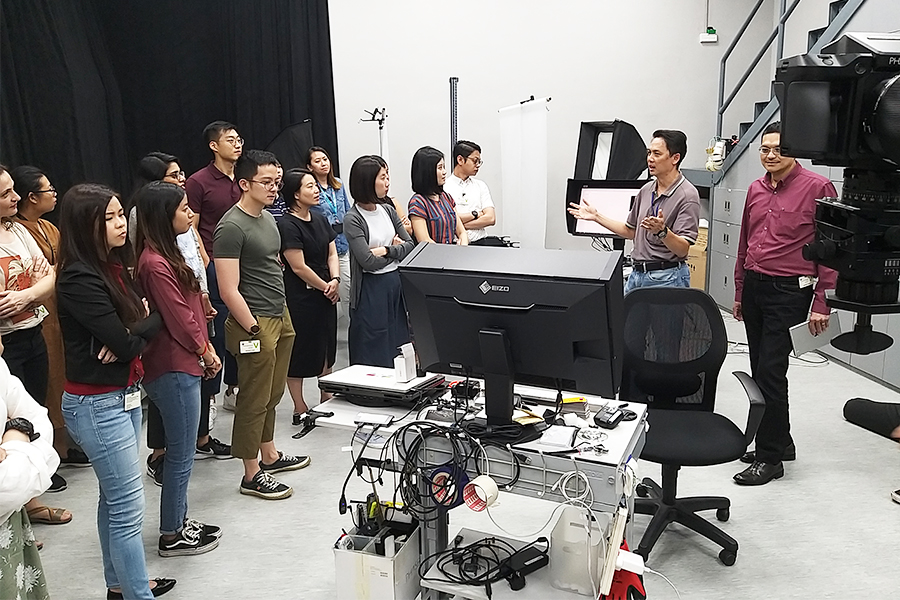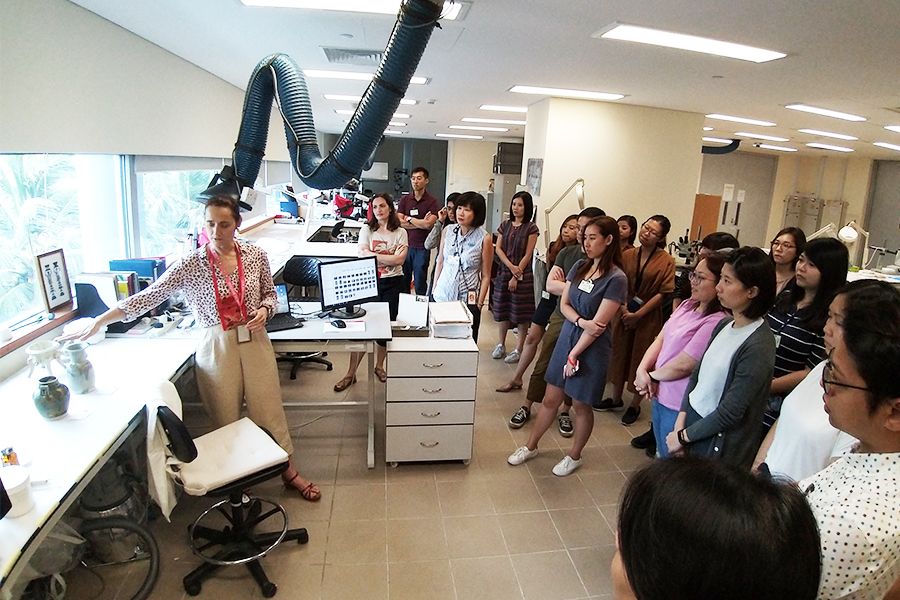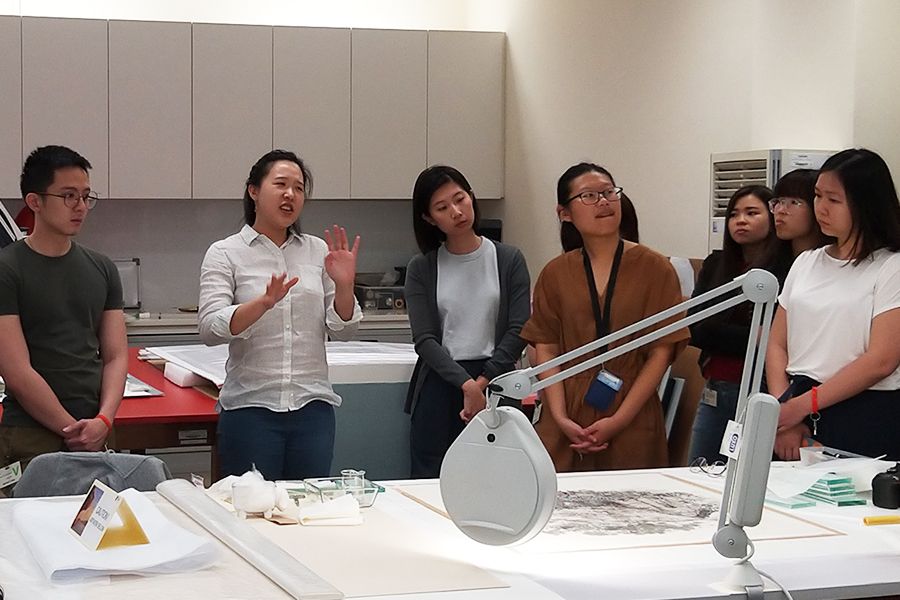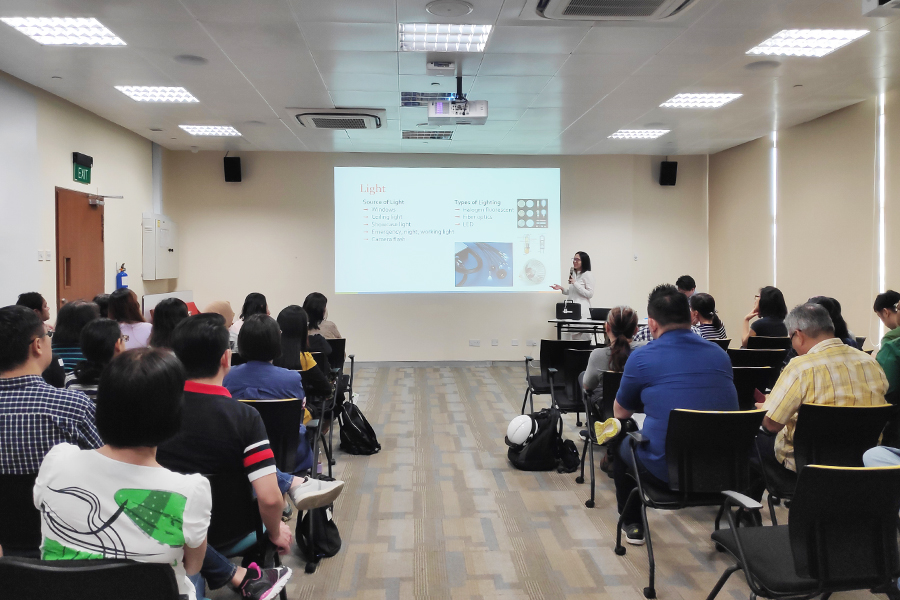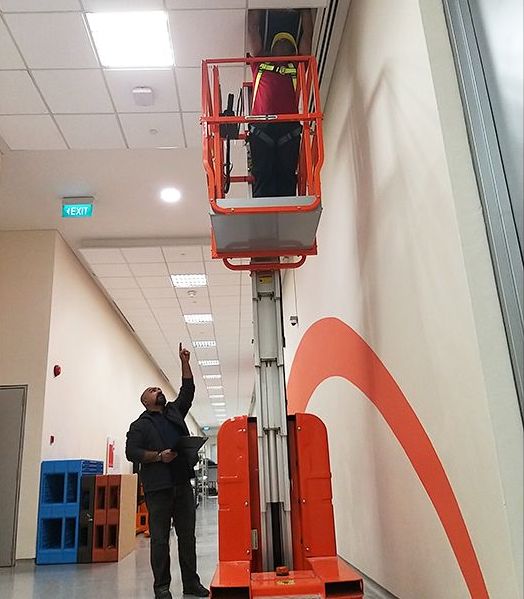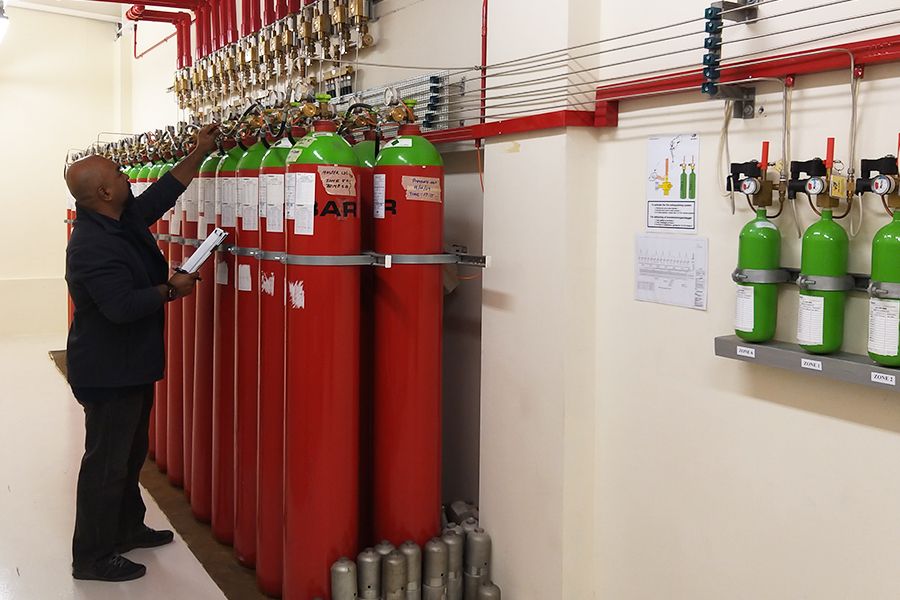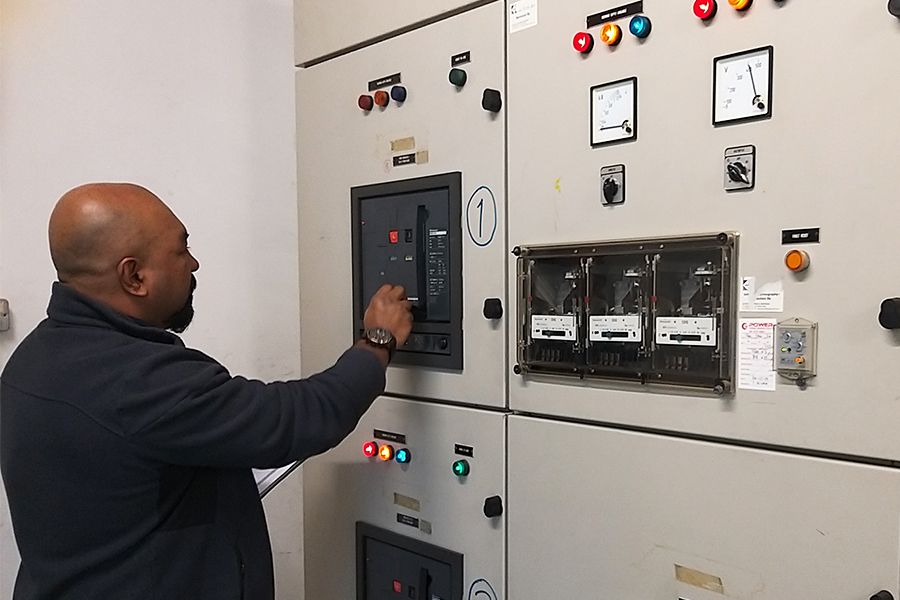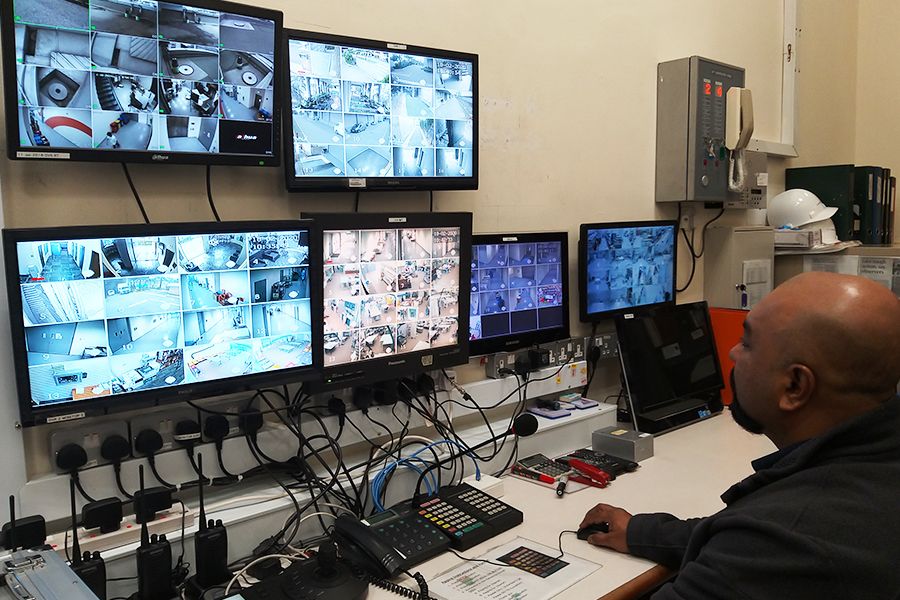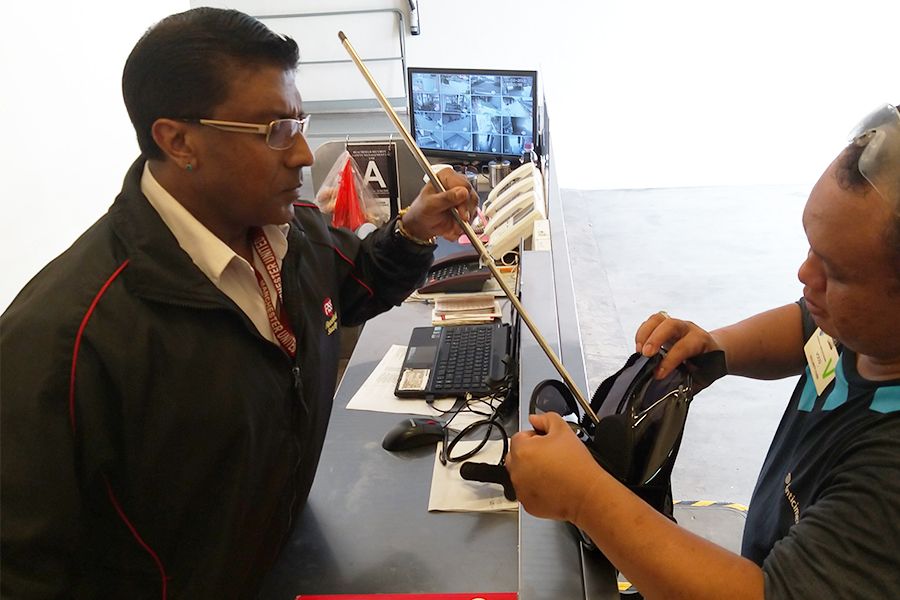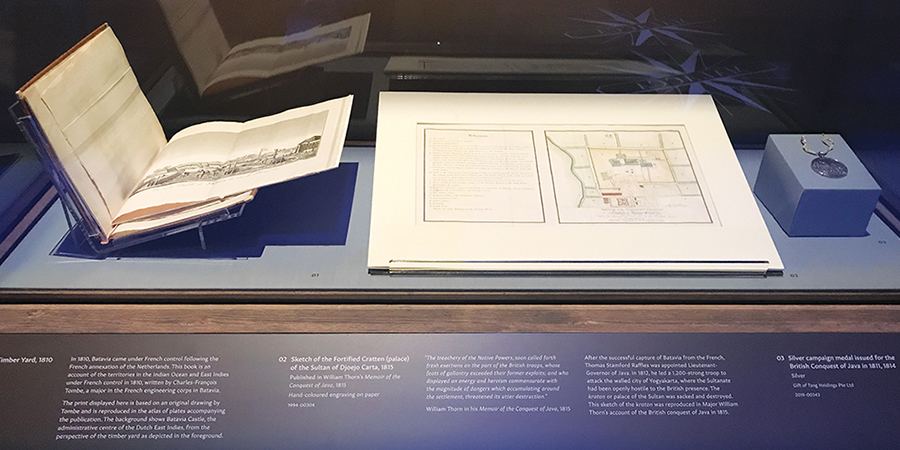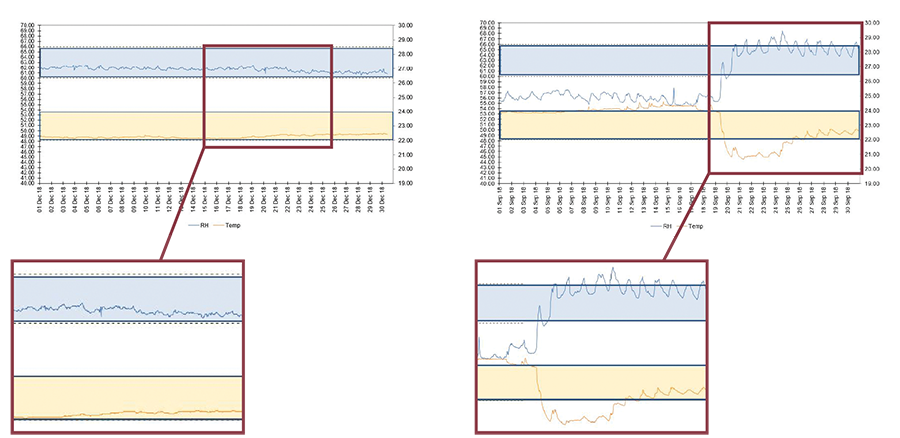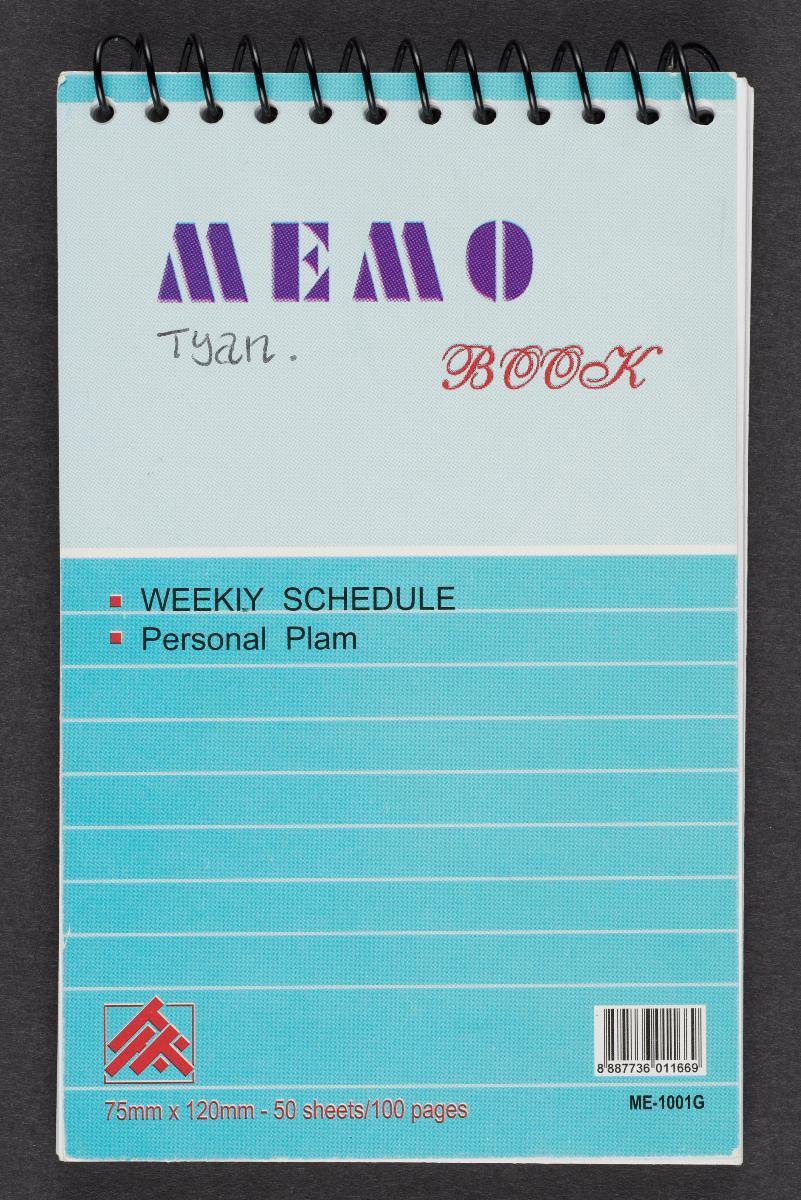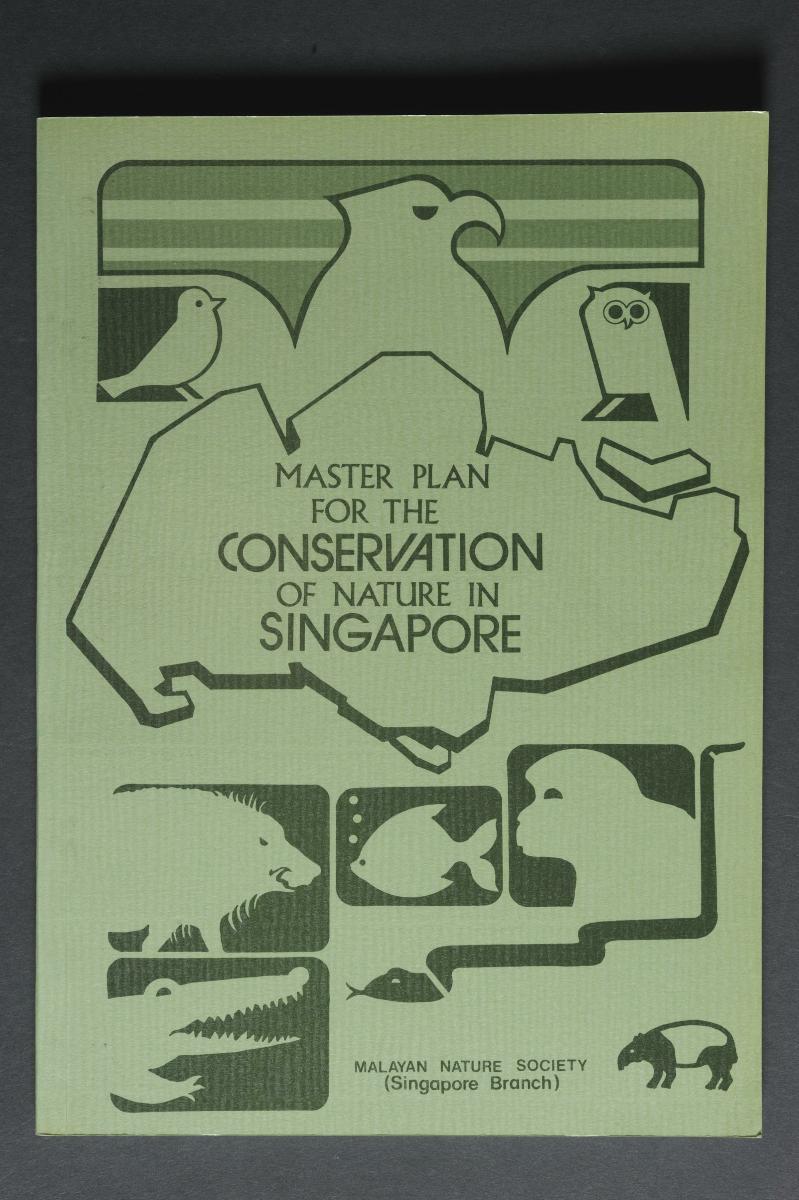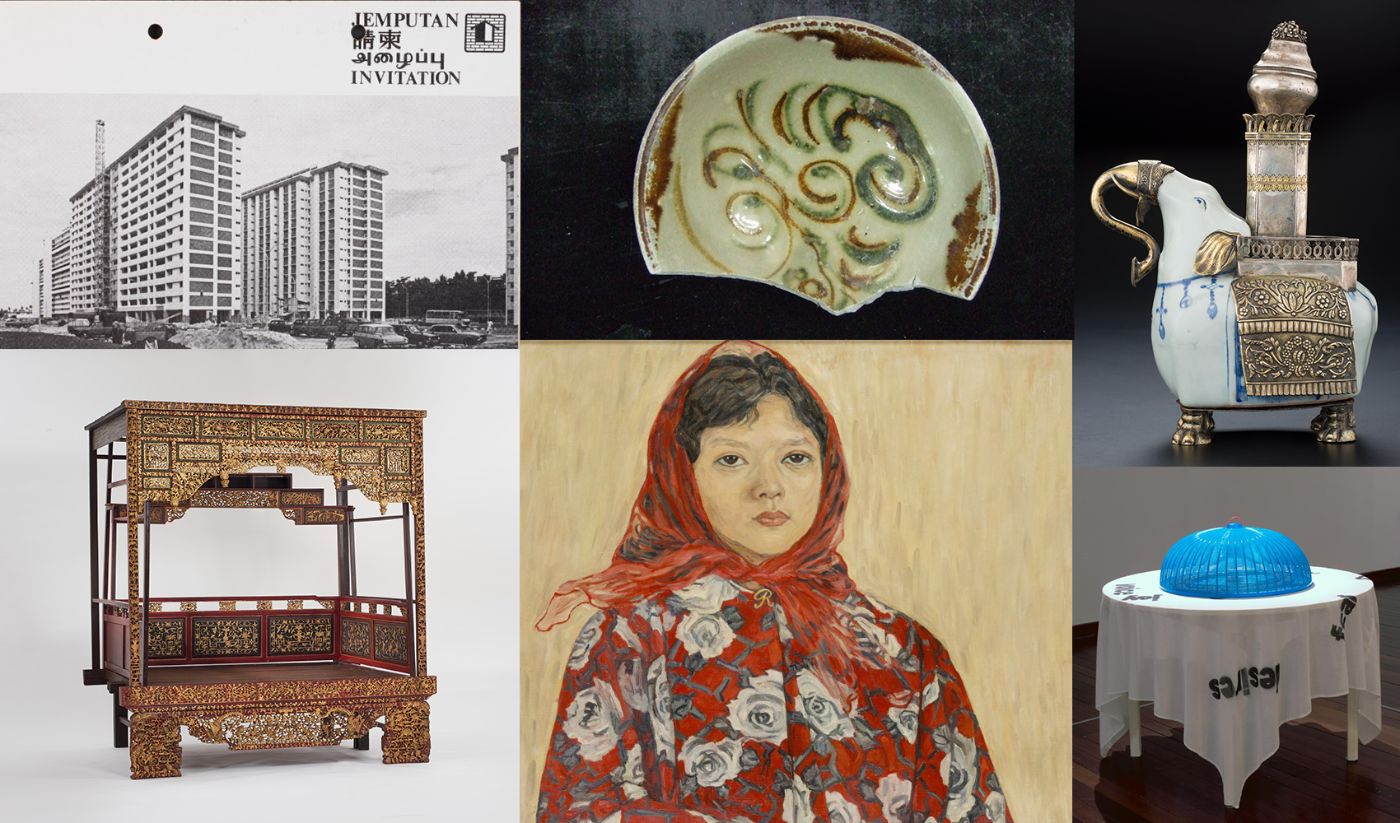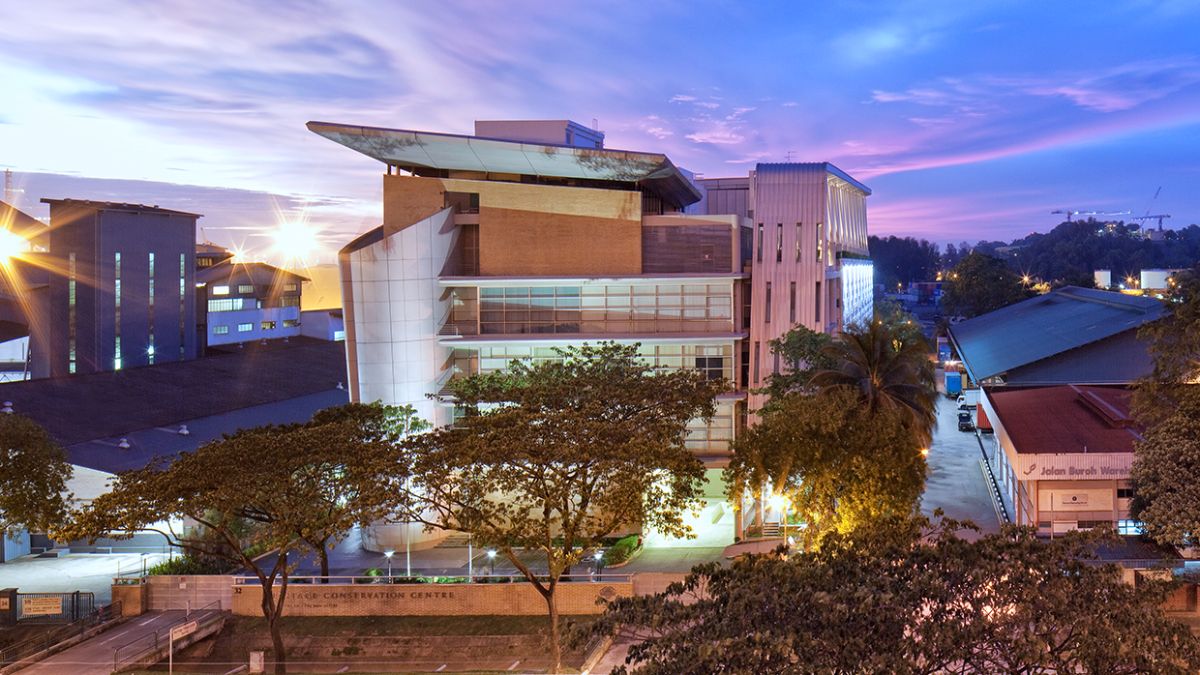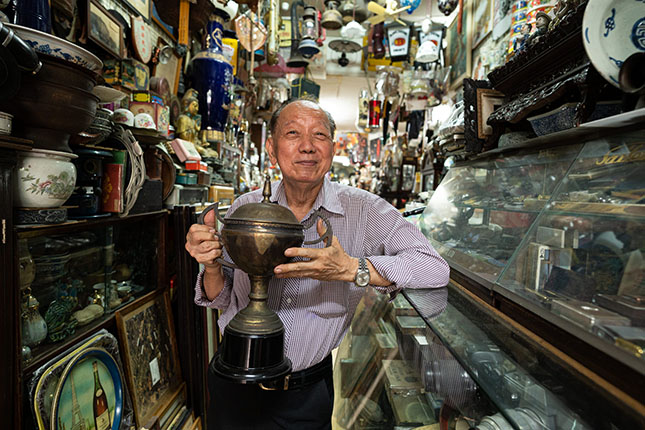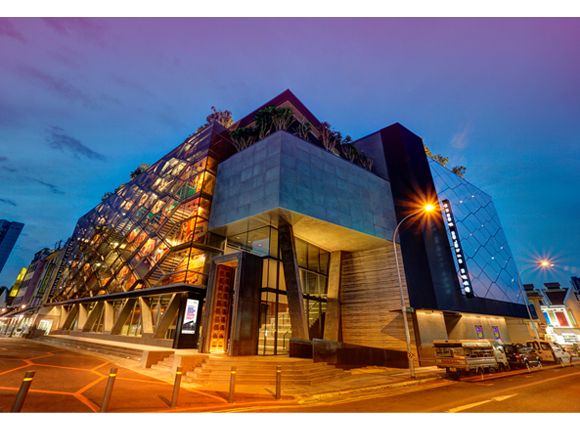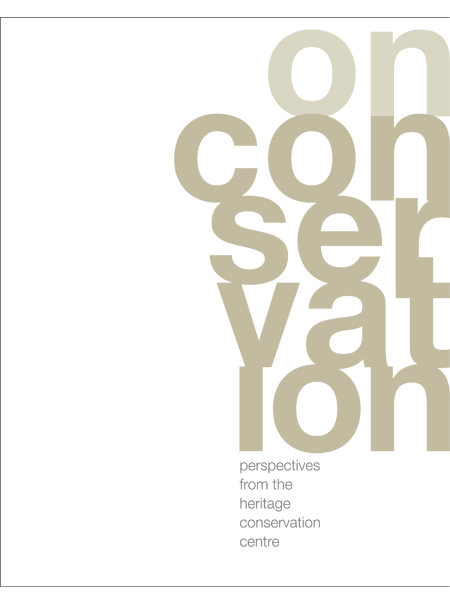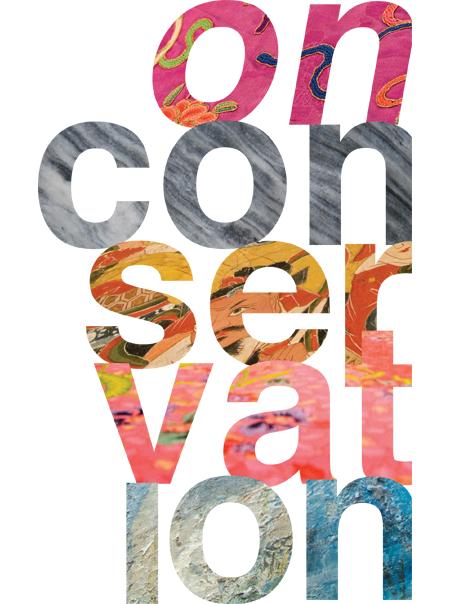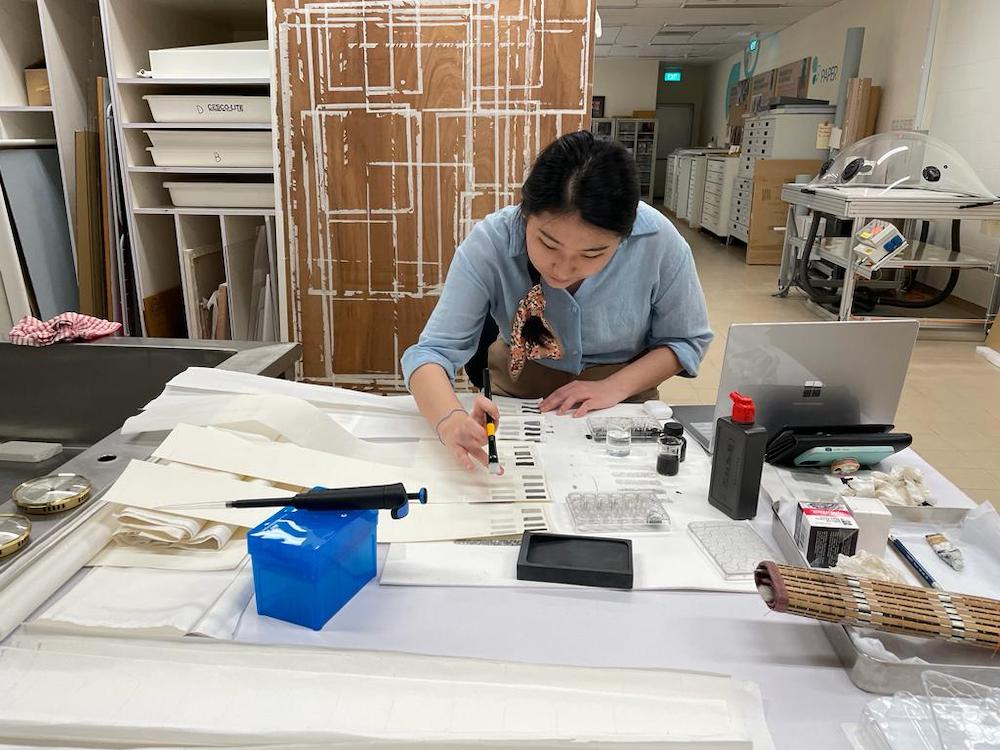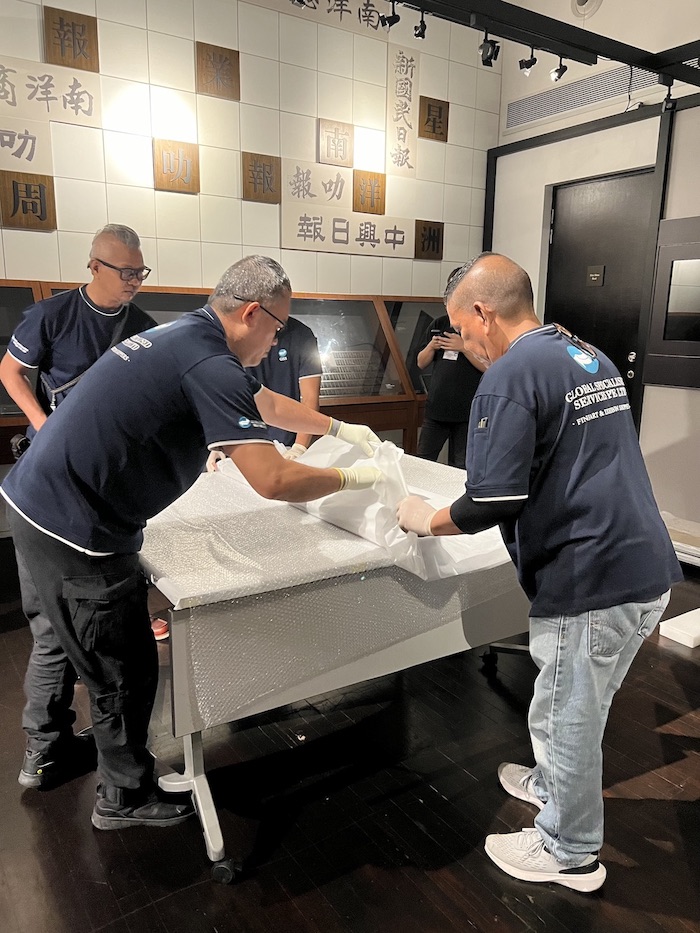A National Treasure Trove
Opened in 2000, the Heritage Conservation Centre (HCC) is a purpose-built facility located on Jurong Port Road that serves as the repository of the National Collection (NC). It houses more than 250,000 artefacts and artworks in climate-controlled stores and conservation laboratories. Here, a dedicated team of cataloguers, collections managers, conservators, estates and support staff, photographers and scientists strive to manage and care for them to the highest professional standards.
As a part of wider efforts to make the NC accessible to the public, HCC plays a crucial role in supporting museum exhibitions such as An Old New World which was at National Museum Singapore (NMS) in 2019. Here at the HCC, we document and capture important information about the artefacts and artworks and prepare them for both physical and online display. We see to it that they are inventoried, and safely packed and transported to the museums. We work with our colleagues at the museums to ensure that the artefacts are displayed using methods and materials that are as safe as possible for the artefacts. For online display, besides including well taken photographs, we ensure that the artefact records are tagged with suitable metadata to enhance their searchability.
These essential processes are often unseen, unnoticed and unknown to the public. Check out this mini-series for information on the HCC and its different departments. Learn about the work done behind the scenes by the team in caring for the NC, whether on a regular basis or in preparation for museum exhibitions.
Architecture and Unique Features of the Building
HCC in 2000 (left); 20 years later, HCC in 2020 (right)
The original building opened in 2000 was a four-storey building. Due to the growing number of artefacts and artworks, the building was renovated into a six-storey building in 2008 – 2010 to create more space.
As HCC houses Singapore’s NC of artefacts and artworks, the building is purpose-built to preserve and conserve the collection of artefacts and artworks. The design of the building is shaped by physical site constraints and functionality. The Loading Bay, Security Control Room and Building Automation Control Room are all located at the front of the building on the ground floor to minimise circulation requirements. It also offers the benefit of immediate building control and the optimum efficient arrangement for artefacts delivery, loading and control. The five storeys above consist of repository rooms, a viewing room, conservation laboratories and administrative offices. The floors are sealed with epoxy coating to minimise dust pollution. The custom-built steel doors, measuring 3.5m by 2.3m, are among the largest steel doors in Singapore. The walls are concrete–reinforced and aluminium–clad, for security reasons and to insulate all artefacts in the building. The building is designed with minimal windows. This also prevents sunlight from entering the building, which can harm the artefacts. The design also takes into account separate access to the artefact collections areas and building amenities; allowing access to areas with collections to be limited to authorised personnel only.
The images below depict the interior of the building when it was completed in 2000, before all the stores were filled. These spaces and structures remain the same till today.
Management and Operations Group
by Chun Boon Beng
The Management & Operations Group (MOG) is the corporate services arm of HCC and the key functions that it oversees include estates management, outreach, capability development, finance and office administration. HCC is continuously improving its infrastructure to ensure a conducive and safe working environment as well as to enhance the security and efficiency of the building. HCC also organises tours to our facility and workshops to share about how we conduct collections management and our conservation efforts. Read on to find out more about two tasks carried out by MOG colleagues.
Outreach
HCC conducts outreach programmes to promote understanding, appreciation and awareness of preservation and conservation of heritage materials amongst the wider heritage community. Our key outreach programmes include organised tours at HCC and workshops to share knowledge about collections management and conservation. We also conduct heritage awareness tours for schools.
Our tours allow visitors to peek into how our cultural heritage materials are preserved for posterity. During tours, visitors learn how historical artefacts, works of art and fine antiquities are preserved by proper environmental control, good physical storage and storage methods, and other preventive conservation measures to avert deterioration. They would also get a glimpse of artefacts undergoing conservation treatment in the laboratories. Visitors are introduced to the collection management and conservation professions, careers that are crucial in heritage preservation but relatively unheard of in Singapore.
Estates Management
The Estates Management team manages building maintenance works in supporting HCC’s operations. The team ensures the building meets statutory requirements by carrying out testing and inspection works. Security is of the utmost importance as Singapore’s heritage assets are stored in this building. There is a strict security system for access, which includes card access, closed-circuit TV, intrusion detection system. Temperature and relative humidity (RH) are monitored and controlled to ensure the environment where the different artefacts are stored is stable and suitable. As there are artefacts which are sensitive to water such as the archival collection, the Estates Management team also oversees the Inergen gas system which can put out fires without using water. The other tasks that the Estates Management team include managing contract workers for cleaning, building maintenance, landscape, and pest control.
Prevention is Better Than Cure
by Ang Boon Kok
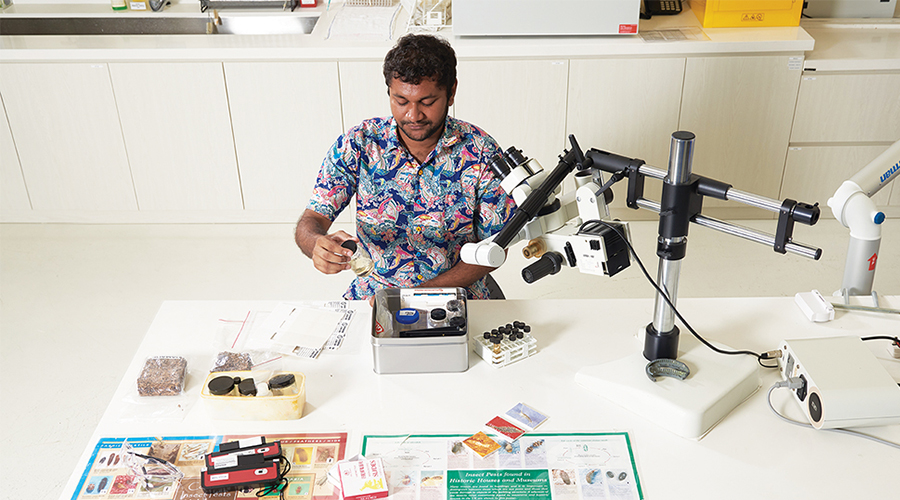
Besides the MOG overseeing the building maintenance aspect, the Prevention Conservation Work Group at HCC also looks at prolonging the life span of an artefact through the practice of preventive conservation. As the name suggests, this function of conservation aims to prevent or slow down the rate of deterioration of artefacts by managing various factors like the environment in which artefacts are stored, pests, mould growth and even how artefacts are handled and transported.
While conservation treatment procedures such as surface cleaning and crease relaxation help to improve the condition and appearance of artefacts, there is another important aspect to prolonging their life span – preventive conservation. As its name suggests, this function of conservation aims to prevent or slow down the rate of deterioration of artefacts, and is done through managing various factors like the environment in which artefacts are stored, pests, mould growth, and even how artefacts are handled and transported. In an exhibition, one of the ways in which appropriate environmental conditions can be provided for different types of artefacts is through the use of a well-designed showcase.
How do we minimise the deterioration of an artefact?
To delay or prevent the deterioration of an artefact, we practise preventive conservation through controlling its immediate environment. Artefacts may deteriorate due to the following factors:
Effects of Temperature and RH fluctuations
Constant rapid fluctuations of temperature and relative humidity can result in warping, splitting, and delamination of certain sensitive material types.
Graphs of temperature (yellow) and RH (blue) over time. (Left) Readings stay within acceptable range. (Right) This shows large fluctuations in readings that are also constantly out of recommended ranges.
In addition, artefacts are also vulnerable to other agents of deterioration, such as:
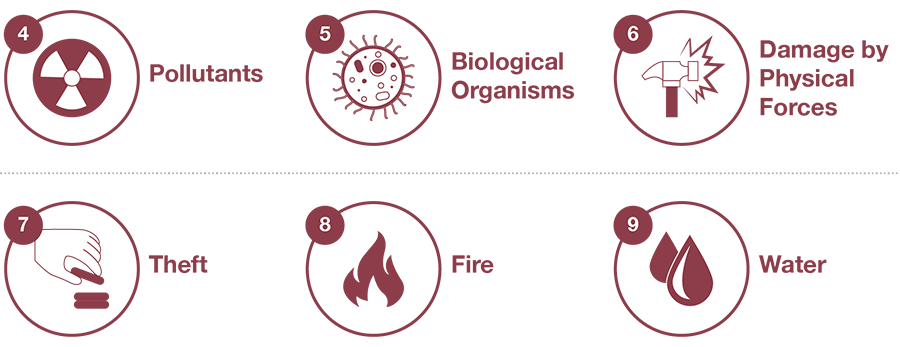
Conservation-grade showcase
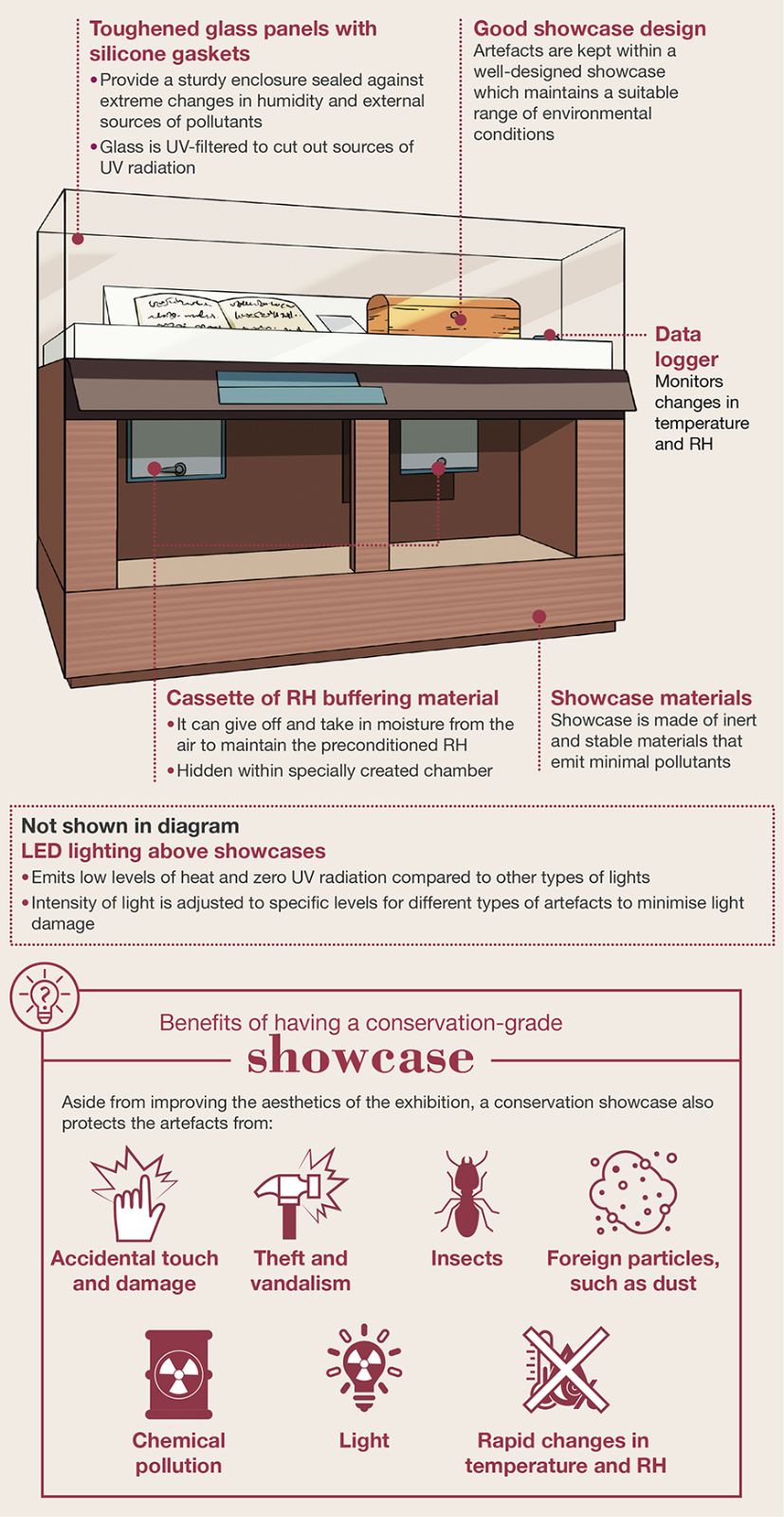
Artefacts and Artworks Featured
Asian Civilisations Museum, Tang Shipwreck Collection
1. 2005.1-00086, Changsha Ewer with tall neck, Tang Dynasty, China (618 - 907)
2. 2005.1-00497, Tripod incense burner with figure and lion, Tang Dynasty, China (618 - 907)
3. 2005-1-00487, Changsha Ovoid Jar four indentations and two vertical lugs, Tang Dynasty, China (618 - 907)
Collection of National Museum of Singapore, National Heritage Board
1. 1994-00304, Sketch of the Fortified Cratten (Palace) of the Sultan of Djoejo Carta, 1815
2. 2018-00691, Voyage aux Indes orientales, Charles-François Tombe, 1810
3. HP-0014, Portrait of Sir Shenton Whitelegge Thomas, 1939
Collection of Singapore Art Museum
1. 2009-02147, Cycle, Sopheap Pich, 2004-2008
2. 2009-02958, Paraisado Rampa Blanko, Jose Tence Ruiz in collaboration with Danilo Ilag-Ilag, 2007-2008
3. 2017-00486, Bryde’s Fountain (After Marcel Duchamp), Krit Ngamsom, 2016
Credits
1. Chun Boon Beng, Senior Assistant Director, Management & Operations Group
2. Darren Wong, Assistant Director, Management & Operations Group
3. Khoo Lor Nam, Senior Manager, Management & Operations Group
4. Arul Krishnan, Manager, Management & Operations Group
5. Kathleen Lau, Manager, Management & Operations Group
6. Ang Boon Kok, Manager, Collections Management
7. Dave Lee, Photographer, Knowledge & Information Management
8. Chan Xian Li, Senior Common Ops Spaces Assistant, Tunity Technologies Pte Ltd




